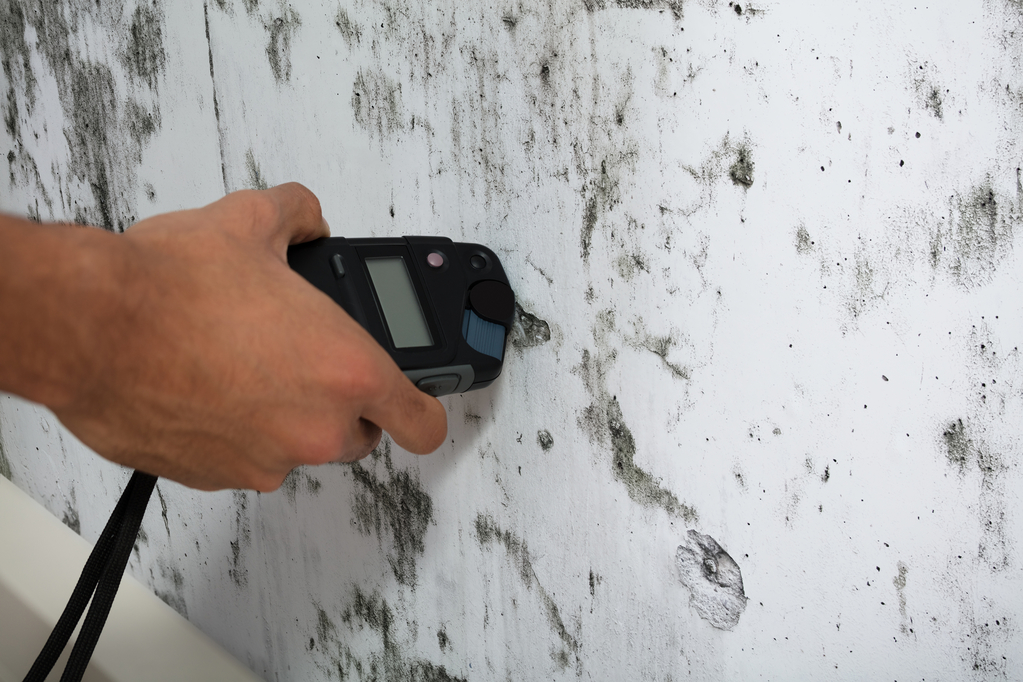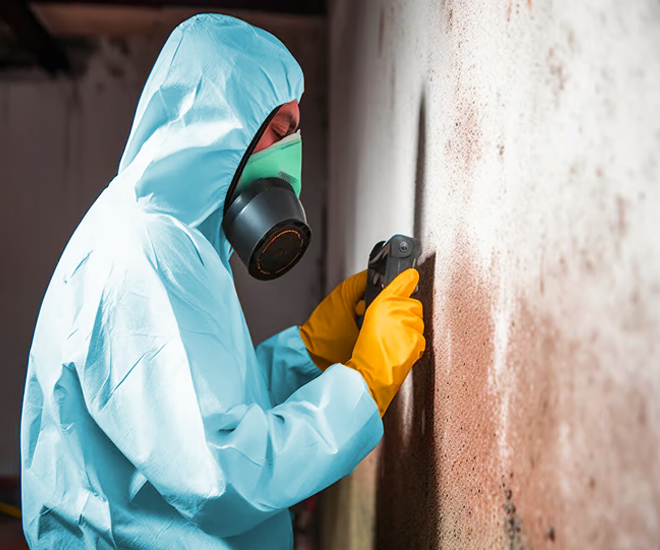Guaranteeing Post Remediation Verification Accuracy
Guaranteeing Post Remediation Verification Accuracy
Blog Article
Professional Tips for Message Mold And Mildew Removal Success
In the realm of mold and mildew removal, effectively eradicating mold is only half the fight; the real obstacle lies in avoiding its reappearance. Post-remediation initiatives play a critical duty in ensuring a mold-free setting in the long term. By sticking to skilled tips and ideal methods, individuals can safeguard their areas versus mold and mildew renewal and keep a healthy interior setting. It is in this phase of the removal procedure that focus to information and aggressive actions really make a difference.
Monitor Humidity Degrees On A Regular Basis
Routine monitoring of moisture degrees is essential in making certain the performance of article mold and mildew remediation initiatives. After completing mold and mildew removal treatments, maintaining optimum humidity degrees is vital to avoid mold and mildew re-growth and make sure a healthy and balanced interior setting. Tracking humidity degrees enables very early detection of any kind of spikes or fluctuations that can potentially bring about mold rebirth. High humidity degrees above 60% produce a helpful environment for mold and mildew to prosper, making routine keeping track of a positive procedure to avoid any future mold concerns - Post Remediation Inspection near me.
Furthermore, establishing a regular schedule for humidity checks, specifically in risky locations such as kitchens, cellars, and restrooms, is a positive method to mold prevention. By consistently keeping an eye on humidity degrees, property owners can properly reduce the risk of mold reoccurrence and keep a healthy interior setting post-remediation.
Conduct Thorough Inspections Post-Remediation
Adhering to the completion of mold remediation procedures, it is necessary to conduct comprehensive evaluations to confirm the performance of the remediation procedure. These post-remediation inspections are important in guaranteeing that the mold problem has been successfully resolved which there is no reoccurrence or remaining mold and mildew growth. Assessments must be executed by certified specialists who have proficiency in determining mold and assessing indoor air high quality.
During these evaluations, different methods such as visual assessments, air tasting, and surface sampling may be used to extensively evaluate the remediated areas. Aesthetic evaluations involve a thorough assessment of the properties to check for any visible signs of mold development or water damage. Air sampling assists in identifying the airborne mold spore levels, while surface tasting can spot mold and mildew particles on surface areas.
Implement Appropriate Air Flow Techniques
After ensuring the effectiveness of the mold remediation procedure through thorough assessments, the next essential step is to concentrate on carrying out appropriate ventilation methods. Adequate ventilation is crucial in avoiding mold and mildew reoccurrence by regulating wetness degrees and promoting air blood circulation.
Correct air flow not just aids in avoiding mold and mildew development but also adds to the general health and comfort of occupants. By making certain adequate air flow throughout the property, you can decrease the threat of mold and mildew regrowth and develop a healthier living atmosphere. Routine upkeep of air flow systems, including cleansing and filter replacements, is crucial to sustaining efficient ventilation. Consulting with heating and cooling specialists can supply further understandings into optimizing ventilation methods for your certain residential or commercial property requirements.

Use Mold-Resistant Products for Repair Works
To improve the long-lasting performance of mold remediation initiatives, including mold-resistant materials for fixings discover here is essential in minimizing the threat of future mold and mildew growth. Mold-resistant products are developed to endure wetness and hinder mold and mildew growth, making them a vital option for locations susceptible to wetness and moisture. When repairing locations influenced by mold and mildew, using products such as mold-resistant drywall, mold-resistant paints, and mold-resistant caulking you could check here can aid stop mold reappearance.
Mold-resistant drywall is a superb option to typical drywall in areas like basements and washrooms where dampness levels are higher. This sort of drywall has a special layer that withstands mold development even when revealed to damp problems. Furthermore, making use of mold-resistant paints containing antimicrobial agents can further hinder mold advancement on walls and ceilings.
In areas where dampness is usual, such as bathrooms and kitchen areas, using mold-resistant caulking around sinks, bathtubs, and home windows can assist secure out water and avoid mold from holding in splits and holes. By buying these mold-resistant products throughout fixings post-remediation, you can substantially lower the chance of future mold concerns and maintain a much healthier interior setting.
Maintain Sanitation and Address Water Issues
Making certain tidiness and quickly dealing with water issues are fundamental techniques to support in guarding indoor areas from mold reinfestation. After mold and mildew remediation, it is important to maintain a tidy environment to avoid the regrowth of mold and mildew (testing air quality after mold remediation). Routine cleaning, dusting, and vacuuming can help remove any kind of sticking around mold and mildew spores and prevent them Learn More Here from proliferating and clearing up. Furthermore, keeping interior rooms dry and addressing any type of water concerns promptly is crucial in mold and mildew prevention. Leaks, water intrusion, or high humidity levels can produce the best reproduction ground for mold, so it is essential to repair any water-related problems immediately.
To maintain cleanliness, take into consideration making use of HEPA filters in vacuum cleaners and air cleansers to trap mold spores and stop their blood circulation in the air. In addition, making certain appropriate ventilation in locations vulnerable to moisture build-up, such as washrooms and kitchen areas, can assist keep moisture levels in check. By remaining cautious regarding tidiness and attending to water problems immediately, you can effectively stop mold reinfestation and keep a healthy indoor environment.
Verdict

In the realm of mold and mildew removal, efficiently eliminating mold is just half the battle; the real obstacle exists in stopping its reappearance. After completing mold and mildew removal procedures, keeping optimal humidity degrees is important to prevent mold re-growth and guarantee a healthy and balanced interior environment. High moisture levels over 60% create a favorable environment for mold and mildew to flourish, making routine keeping track of an aggressive action to avoid any future mold problems.
To improve the lasting effectiveness of mold remediation initiatives, including mold-resistant products for repairs is vital in reducing the threat of future mold development. After mold and mildew removal, it is vital to keep a tidy environment to prevent the regrowth of mold and mildew.
Report this page